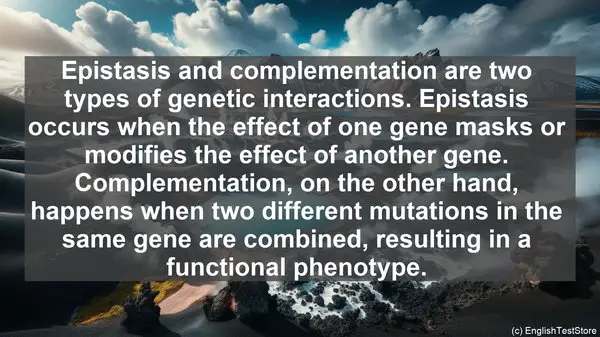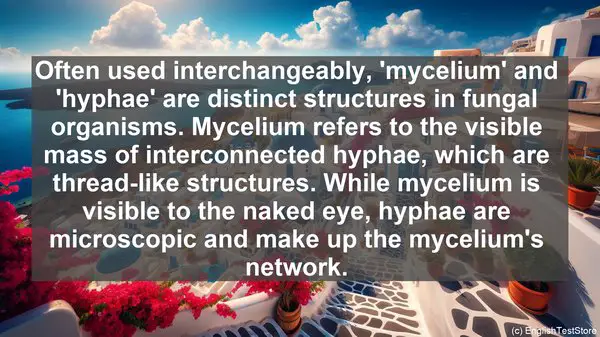Introduction
Welcome to today’s lesson on fungal genetics. As you delve deeper into this fascinating field, you’ll encounter numerous terms that may seem similar but have distinct meanings. In this lesson, we’ll shed light on the top 10 commonly confused words in fungal genetics. So, let’s get started!

1. Heterokaryon vs. Homokaryon
The terms ‘heterokaryon’ and ‘homokaryon’ refer to different stages of fungal development. A heterokaryon is a fungal cell that contains two or more genetically distinct nuclei, while a homokaryon has genetically identical nuclei. Understanding this distinction is crucial for studying fungal genetics and their reproductive processes.
2. Mycelium vs. Hyphae
Often used interchangeably, ‘mycelium’ and ‘hyphae’ are distinct structures in fungal organisms. Mycelium refers to the visible mass of interconnected hyphae, which are thread-like structures. While mycelium is visible to the naked eye, hyphae are microscopic and make up the mycelium’s network.
3. Ascospore vs. Basidiospore
Ascospores and basidiospores are types of fungal spores, but they differ in their formation and function. Ascospores are produced in sac-like structures called asci, commonly found in ascomycetes. On the other hand, basidiospores are formed on specialized cells called basidia, which are characteristic of basidiomycetes.
4. Anamorph vs. Teleomorph
The terms ‘anamorph’ and ‘teleomorph’ describe different stages in the life cycle of certain fungi. Anamorph refers to the asexual stage, where reproduction occurs without the formation of specialized structures. Teleomorph, on the other hand, is the sexual stage, characterized by the formation of sexual structures like asci or basidia.
5. Plasmogamy vs. Karyogamy
Plasmogamy and karyogamy are two essential processes in fungal reproduction. Plasmogamy is the fusion of two fungal hyphae, resulting in the merging of their cytoplasm. Karyogamy, on the other hand, is the fusion of the nuclei from the fused hyphae, leading to the formation of a diploid nucleus.
6. Haploid vs. Diploid
Haploid and diploid are terms used to describe the number of sets of chromosomes in a cell. A haploid cell has a single set of chromosomes, while a diploid cell has two sets. Understanding the ploidy of fungal cells is crucial for studying their genetics and reproductive processes.
7. Epistasis vs. Complementation
Epistasis and complementation are two types of genetic interactions. Epistasis occurs when the effect of one gene masks or modifies the effect of another gene. Complementation, on the other hand, happens when two different mutations in the same gene are combined, resulting in a functional phenotype.

8. Recombination vs. Mutation
Recombination and mutation are two processes that contribute to genetic diversity. Recombination involves the exchange of genetic material between two DNA molecules, leading to new combinations of alleles. Mutation, on the other hand, is a spontaneous change in the DNA sequence, resulting in a new allele.
9. Fungicide vs. Fungistatic
Fungicides and fungistatics are used to control fungal diseases, but they have different modes of action. Fungicides kill the fungi, while fungistatics inhibit their growth. Choosing the right type of treatment is crucial for effectively managing fungal infections.
10. Pathogen vs. Saprophyte
Pathogens and saprophytes are two types of fungi based on their ecological roles. Pathogens are fungi that cause diseases in plants, animals, or humans. Saprophytes, on the other hand, obtain nutrients by decomposing dead organic matter. Understanding these roles helps in identifying the impact of fungi in various ecosystems.
